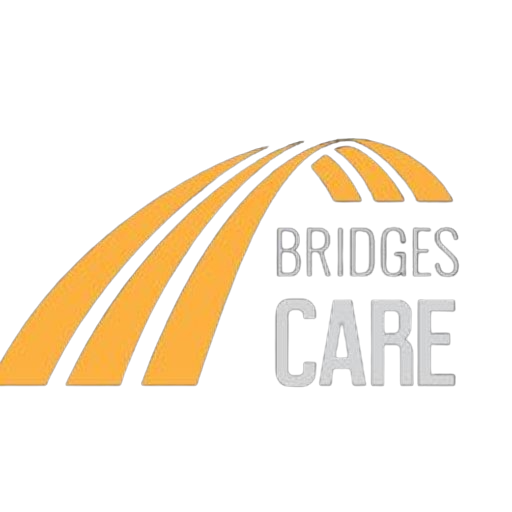In an increasingly connected and technologically advanced world, assistive technology has emerged as a transformative force, empowering individuals with disabilities to overcome barriers and lead more independent and fulfilling lives. By harnessing the power of innovation, assistive technology bridges the gap between ability and disability. This enables disabled people to engage with their surroundings, communicate, learn, and work with greater autonomy. This article delves into the world of assistive technology, exploring its significance and various types that cater to the diverse needs of disabled individuals.
Understanding Assistive Technology
Assistive technology refers to a wide range of devices, tools, software, and equipment designed to assist people with disabilities in performing tasks that might otherwise be challenging or impossible. These technologies aim to enhance accessibility, foster inclusion, and promote equality for disabled individuals across different domains of life. From aiding communication to facilitating mobility, assistive technology has revolutionized the way disabilities are perceived and managed.
Types of Assistive Technology
- Communication Aids:
- Augmentative and Alternative Communication (AAC) devices: These devices help individuals with communication disorders express themselves. These devices use various means, such as speech synthesizers, communication boards, or eye-tracking systems.
- Voice Recognition Software: Beneficial for those with mobility impairments, this technology converts spoken words into text. Thereby allowing users to compose documents, send messages, and navigate computers using their voice.
- Mobility Aids:
- Wheelchairs and Mobility Scooters: Electric or manual, these aids provide people with limited mobility the freedom to move around independently.
- Prosthetics and Orthotics: Assistive devices that enhance mobility and functionality for individuals with limb differences or impairments.
- Visual Impairment Aids:
- Screen Readers: Software that converts digital text into synthesized speech or braille, enabling visually impaired users to access digital content.
- Braille Displays: These tactile devices connect to computers and display braille characters, allowing blind users to read digital text.
- Hearing Impairment Aids:
- Hearing Aids and Cochlear Implants: These devices amplify sound or directly stimulate the auditory nerve, enabling those with hearing loss to perceive sound.
- Captioning and Sign Language Apps: These technologies facilitate communication by providing real-time captions or converting spoken language into sign language.
- Learning and Cognitive Aids:
- Text-to-Speech Software: Converts written text into spoken words, aiding individuals with reading difficulties or learning disabilities.
- Cognitive Assistance Apps: These tools assist individuals with cognitive impairments in organizing tasks, managing schedules, and improving memory.
- Environmental Control Devices:
- Smart Home Technology: Allows individuals with mobility challenges to control household appliances, lighting, and climate settings through voice commands or mobile devices.
- Switch Control Systems: Interfaces that enable users to interact with computers or devices using customized switches, beneficial for those with limited mobility.
Conclusion
Assistive technology has evolved from being a niche concept to a crucial component of modern society. It has transformed the lives of individuals with disabilities. By addressing a wide array of challenges across communication, mobility, sensory impairments, and cognitive barriers, assistive technology empowers people to participate actively in education, employment, social interactions, and everyday activities. As technology continues to advance, the future holds the promise of even more innovative solutions, further enhancing the inclusivity and quality of life for disabled individuals worldwide.
Related Articles For Your Read
Who is Eligible for NDIS Australia?

